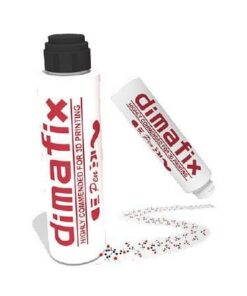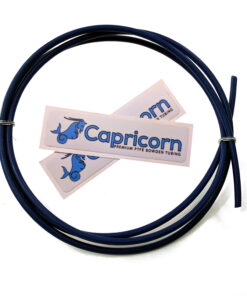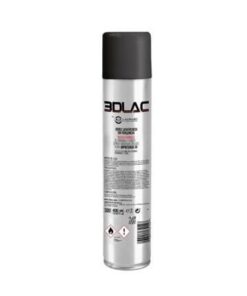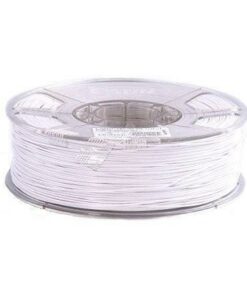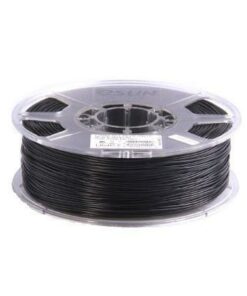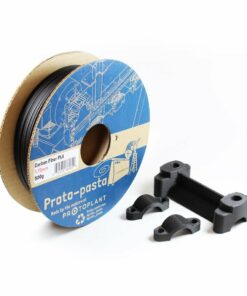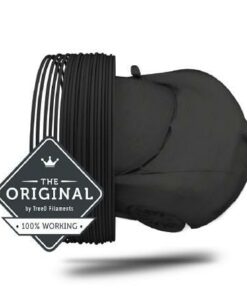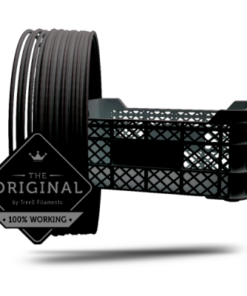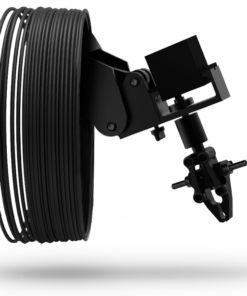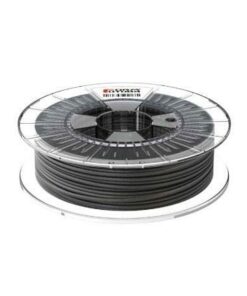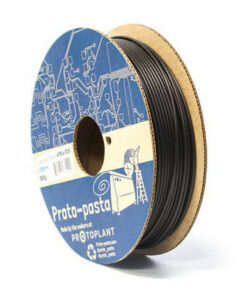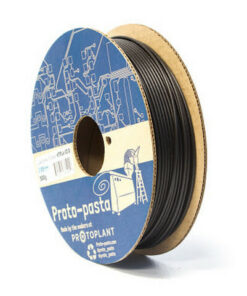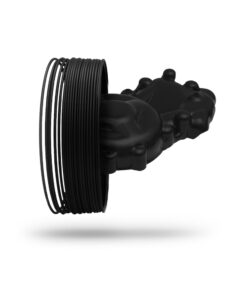You can use the filtering system according to material type, color, section and brand.
Carbon fiber filaments use tiny fibers that are mixed with a base material to improve the properties of that material.
Some of the base materials that are blended with carbon are PLA, PETG, Nylon, ABS and Polycarbonate.
These carbon fibers are extremely strong and cause the filament to increase in strength and stiffness. It will also make 3D printed parts much lighter and more stable during cooling, as the carbon fiber will help prevent shrinkage of the part while it is cooling.
Carbon fiber filament print settings, such as print temperature, speed, etc., will be very similar to the normal settings used for the base material to which the fibers were added.
For example, settings for PLA would be a good starting point for PLA-based carbon fiber filament. However, because of the added carbon fibre, the carbon fibre filament will be more likely to stick and may require some modification to the printer to avoid damage.
Note that nozzles with larger diameters (0.5mm or more) are less likely to clog, as the fibers fit through the hole. If you see that the nozzle tends to clog immediately after printing the first few layers, try increasing the height of the first layer.
If the nozzle is too close to the print tray, the fibers may also build up and clog the nozzle temporarily. Logically, the carbon fiber filament has an abrasive nature, which will cause wear on brass nozzles, much faster than normal filaments. We always recommend the use of nozzles made of stainless steel or other hardened alloys.
It is also important not to be confused as to what you can expect from this filament: carbon fiber filament is not the same as the carbon fiber you would expect to find in racing cars or high performance airplanes.
The processes, the materials used and the design are completely different. As we have already said, carbon fiber filaments are made of a mixture of fiber with other materials, not 100% carbon fiber. As of today, most of the carbon fiber filaments available are made on a blend of PLA mixed with carbon dust.
PLA is a brittle thermoplastic, and that weakness is transferred to the part, even though it has been reinforced by the addition of carbon fiber. That is why the best carbon fiber filaments use a different material as a base than PLA or ABS, which is also brittle. After all, since we are paying a premium for printing with carbon fiber, the base of the filament should also be made of a resistant and rigid material.
The use of materials such as PETG and Nylon, will give us results that will be closer to what can be expected from a carbon fiber filament.
Carbon fiber filament brands:
ColorFabb
The PETG filament is quite dense, so XT has a higher final density, reaching 1.27 g/cm³.
If weight is an important factor in what you want to print, you may prefer other options with less density, and therefore lighter, such as nylon which can be up to 20% lighter for the same volume.
ColorFabb is a benchmark in the industry, with superb tolerances of +/-0.05mm. Logically, the tighter the tolerance, the cleaner the prints, so this is a factor to watch.
Tolerances that are too wide can even block the nozzle, so beware of variations of +/-0.10mm, typical in cheaper carbon fiber filaments.
Another benefit of the XT CF20, is that since it is made with PETG as a base, it has low deformation and good durability.
Formfutura CarbonFil
The CarbonFil ™ filament is based on a unique blend of HDglass reinforced with 20% carbon fibers resulting in a carbon fiber filament up to twice as stiff as HDglass composite ™ and in turn increases its impact resistance by more than 10%.
It can be printed without hot bed, has high thermal stability, excellent flow behaviour and excellent adhesion in the first and intermediate layers and is odourless during 3D printing.
Carbonium from TreeD Filaments
TreeD Filaments’ Carbonium filament is ideal for high quality mechanical applications, thanks to its high strength and tensile modulus.
It is mixed with Nylon which gives it greater strength and less weight than carbon fiber filament options mixed with PETG.
In spite of being mixed with Nylon, humidity is not a problem, since the filament is treated to have a degree of humidity absorption that is practically null.

